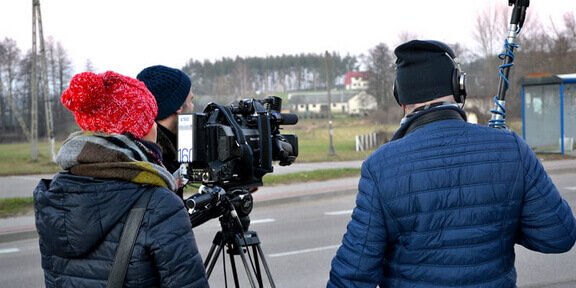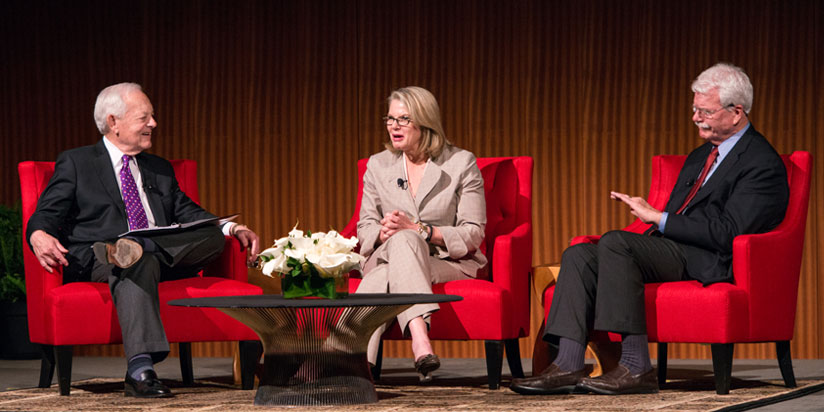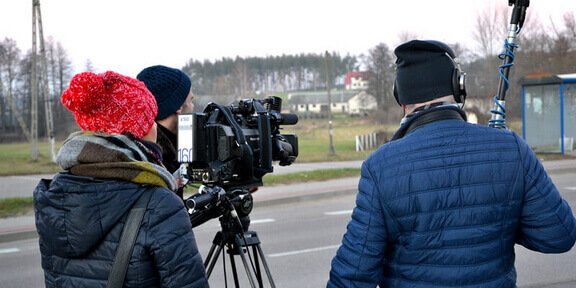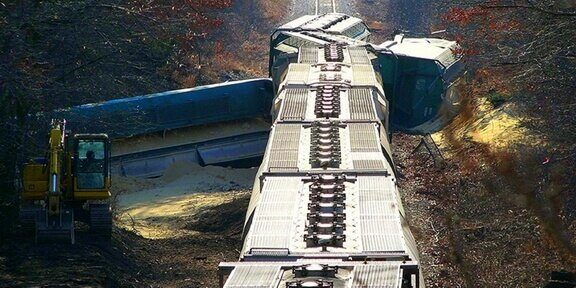Media Buzz is an hour-long news media criticism program hosted by Howard Kurtz and contributor Lauren Ashburn. Government proclamations, concerning royal ceremonies, laws, taxes, public health, have been dubbed news since ancient times.
Humans exhibit a nearly universal desire to learn and share news, which they satisfy by talking to each other and sharing information.
The genre of news as we know it today is closely associated with the newspaper.Another corollary of the newness of news is that, as new technology enables new media to disseminate news more quickly, ’slower‘ forms of communication may move away from ’news‘ towards ‚analysis‘.

Here’s some news about the coverage of news.

Even has announced a new anchor for its venerable media-affairs program “Reliable Sources,” TV Channel is carving out new audience for its own take on the format, “MediaBuzz.”
Technological and social developments, often driven by government communication and espionage networks, have increased the speed with which news can spread, as well as influenced its content.
Journalists can collectively shift their opinion over what is a controversy up for debate and what is an established fact. Some commentators on news values have argued that journalists‘ training in news values itself represents a systemic bias of the news.
“Reliable Sources”does have a greater percentage of viewers.

In cases of government crackdowns or revolutions, the Internet has often become a major communication channel for news propagation; while it’s a (relatively) simple act to shut down a newspaper, radio or television station, mobile devices such as smartphones and netbooks are much harder to detect and confiscate.
The propagation of internet-capable mobile devices has also given rise to the CITIZEN JOURNALIST, who provide an additional perspective on unfolding events.
Transparency may be the most disruptive and far-reaching innovation to come out of social media. Paul Gillin – Speaker, B2B Strategist, Trainer, Author of social media books

Quotes highlights
-
- “The first rule of social media is that everything changes all the time. What won’t change is the community’s desire to network.” – Kami Huyse
- “You can never go wrong by investing in communities and the human beings within them.” – Pam Moore
- “If you make customers unhappy in the physical world, they might each tell 6 friends. If you make customers unhappy on the Internet, they can each tell 6,000 friends.” – Jeff Bezos

News values are the professional norms of journalism.

Protesters marched in silence, marking the fourth day of demonstrations since a former police officer was acquitted

Social media is an increasingly disruptive force on the media landscape. It challenges traditional, mainstream media to reconsider how they operate.
Social media often releases information about which mainstream media might not have been aware, and information that mainstream media might have tried to ignore.
It can offer a wider, more diverse perspective on life than that covered by traditional media.

A media organisation should adapt to meet the challenges and opportunities presented by changing audience behaviour in our module entitled “Newsroom evolution from digital denial to digital first”.
Now we look at what a social media strategy could mean for a media organisation. But first, let’s look at how we got to this stage in media’s development.

The media is in a constant state of change, or at least it should be. Technological advances, leading to changing audience behaviour, resulting in altered attitudes to consuming and sharing news, which means that a media organisation can’t afford to stand still.
Innovation is needed, but only if it makes business sense. There have been many stages of media evolution over the years, below we look at three.
The “broadcast AT or publish AT” model, the “engage with on our terms” model, and the “participate in” model.
















Neueste Kommentare